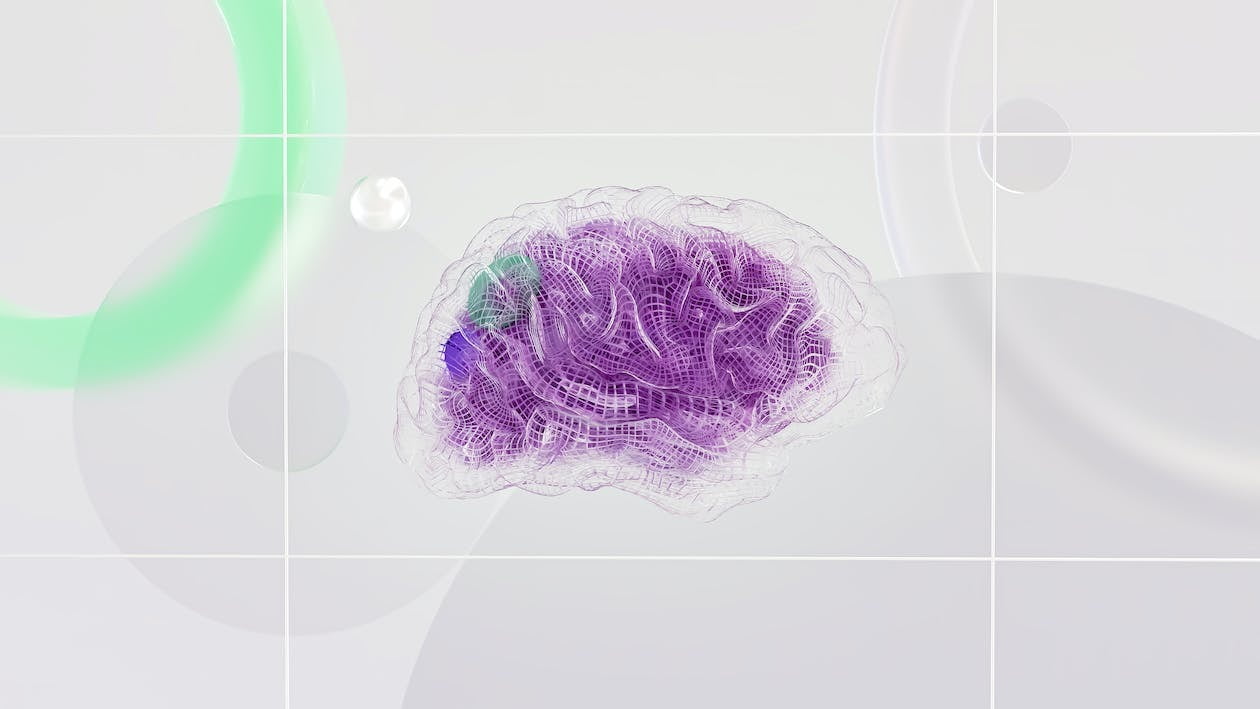Race Car Brain
The Race Car Brain
Imagine a high-performance race car - sleek, powerful, and built for speed. Now, picture this race car as your brain. People with ADHD often possess brains that are incredibly dynamic and fast-moving. They have a heightened capacity for generating ideas, processing information, and thinking outside the box. This race car brain is not only agile but also capable of navigating complex mental terrains with ease. These individuals often display remarkable creativity, quick thinking, and adaptability.
The race car brain of someone with ADHD can lead to exceptional talents in various fields, including art, music, entrepreneurship, and innovation. Their ability to connect seemingly unrelated dots and see patterns that others might miss can be a significant asset in problem-solving and creativity.


The Bicycle Brakes
As Dr. Barkley's analogy suggests, while the ADHD brain is like a high-speed race car, it is hampered by bicycle brakes. In other words, individuals with ADHD often struggle with executive functions, which are the cognitive processes responsible for organizing thoughts, managing time, and regulating emotions. These "bicycle brakes" can impede their ability to harness the full potential of their racing thoughts.
1. Impulsivity: One of the key features of ADHD is impulsivity. Just like a race car without efficient brakes, individuals with ADHD may have difficulty inhibiting their immediate responses to stimuli. This can lead to impulsive decisions and actions that they later regret. Impulsivity can impact various aspects of life, from finances to relationships.
2. Inattention: Another aspect of the bicycle brakes is inattention. While their racing thoughts may be brimming with ideas and possibilities, individuals with ADHD often struggle to sustain attention on tasks that require focus. This can lead to difficulties in school, at work, and in everyday life.
3. Hyperactivity: The third component of ADHD is hyperactivity. While not everyone with ADHD exhibits hyperactive behavior, it is a common manifestation. It's like having a race car constantly revving its engine, making it challenging to sit still and stay calm.
4. Emotional Dysregulation: The bicycle brakes analogy also extends to emotional regulation. People with ADHD may find it hard to control their emotions, leading to mood swings and overreactions in various situations.
The Struggle of Coexistence
Understanding ADHD as the coexistence of a powerful race car brain and bicycle brakes sheds light on the daily challenges faced by individuals with this condition. On one hand, they have incredible potential, creativity, and intelligence. On the other hand, they often encounter obstacles in harnessing these strengths due to their struggles with executive functions.
This struggle can lead to frustration, low self-esteem, and a sense of underachievement. It's important to recognize that individuals with ADHD are not lazy or lacking in intelligence; their brains simply operate differently.
Navigating the Race Track
Just as a race car driver learns to control their vehicle on the track, individuals with ADHD can learn strategies to manage their condition effectively. Here are some key approaches:
- Medication: Many individuals with ADHD find relief through medication. Stimulant medications like methylphenidate and amphetamine can help regulate the "bicycle brakes" and enhance focus and attention.
- Therapy: Behavioral therapy, such as cognitive-behavioral therapy (CBT), can provide individuals with ADHD valuable tools to manage impulsivity, inattention, and emotional regulation.
- Environmental Modifications: Creating an environment that supports focus and organization can be immensely helpful. This includes setting routines, minimizing distractions, and using tools like planners and reminders.
- Diet and Exercise: A healthy diet and regular exercise can contribute to better executive function and overall well-being.
- Education and Advocacy: Learning about ADHD and advocating for oneself or a loved one is crucial. Understanding the condition and its challenges can lead to better support and accommodation.
